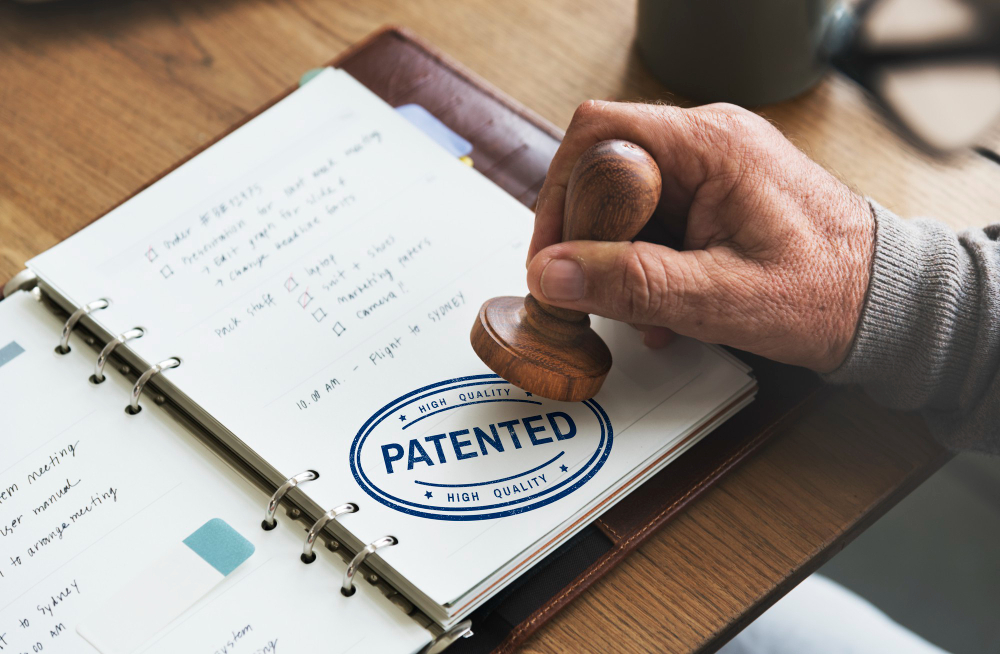Unpacking the Dormancy of India’s Patent Box Taxation Regime
[By Megha Bhartiya & Sneha Bharti] The authors are students of Rajiv Gandhi National University of Law, Punjab and Symbiosis Law School, Noida respectively. Introduction India introduced the patent box taxation regime through Section 54 of the Finance Act, 2016. It presents itself as a unique tool to promote and foster innovation by emerging from the conflux of taxation law and intellectual property (“IP”) rights law. The patent box regime is a tax incentive mechanism and offers reduced tax rates on certain qualified incomes which are generated from patented innovations. This blog pivots around the Organization for Economic Cooperation and Development (“OECD”)’s Action 5: Agreement on Modified Nexus Approach for IP Regimes and its resultant implications for India. With the recent buzz around a potential new law for direct income tax in India, this is a crucial time for the legislature to consider reworking the patent box provision i.e., Section 115BBF of the Income Tax Act, 1961, in order to better utilize it. The blog will thus focus on determining the reasons behind the dormancy of the regime in India. This will be done through a critical appraisal of Section 115BBF which would lead us to two fatal flaws in the provision that have long been overlooked. What is the Patent Box Regime? The separate and patent specific taxation provision in India is referred to as the patent box regime. It allows the companies that qualify its requirements to avail a decreased tax rate for the profits they have generated from their patented inventions. The rationale behind allowing a different reduced tax rate for profits on patents is rooted in the objectives of the IP Rights regime, i.e., it acts as a strong incentive for the companies to invest into innovation, and research and development (“R&D”) activities. Why do we need a Patent Box Taxation Regime? At present, the dominating school of thought is that reducing subsidies and substituting them for a lower corporate tax is a more effective approach as opposed to offering outright subsidies as it interferes less with the market mechanism and is hence termed as a market-friendly instrument. It is accepted by economists that if industrial R&D is primarily conducted by private sectors, then it comes with the risk that they will under invest in the area, resulting in lesser research than what is socially and scientifically desirable. This tendency to underinvest stems from the issue of appropriability where the private sectors are unable to fully appropriate the returns of their investments. In addressing this, governments worldwide have incorporated patent box regimes as one method to encourage businesses to continue investing in R&D. OECD’s Modified Nexus Approach In 2015, the OECD released its Action 5 report as part of the Base Erosion and Profit Shifting (“BEPS”) project, which aimed to combat tax avoidance strategies used by multinational enterprises. The OECD guidelines on the patent box regime emphasise the importance of aligning tax benefits with substantial economic activities. According to the guidelines, countries should ensure that their patent box regimes are compliant with the “nexus approach,” which requires a direct link between the R&D activities that generate the income and the income that benefits from the reduced tax rate. According to the nexus approach, only the income generated through qualifying R&D activities should be eligible for the subsidized tax rate.- . This means that countries implementing a patent box regime must establish a clear criteria for determining which R&D activities qualify for tax benefits, hence ensuring a level and fair playing field. The Nominal and Ineffective Patent Box Regime in India Recent years have witnessed India grow as a centre for innovation globally in light of the increasing number of firms investing in the R&D activities. In India, the potential benefits of the patent box regime were recognized and introduced via the Finance Act, 2016, which inserted Section 115BBF in the Income Tax Act, 1961. The section provides a 10% tax rate on income by way of a royalty for the patent developed and registered in India. The provision provides for certain qualifying requirements – firstly, the Company must have the patent granted under the Indian Patents Act, 1970, and secondly, the patentee must be a resident of India. Additionally, the aspect of the patent being “developed” in India alludes to the mandatory condition of R&D also being conducted in India. These conditions together align India’s patent box regime with OECD’s 2015 modified nexus approach which posits that the income arising from the exploitation of a certain IP should be taxed in the jurisdiction where substantial R&D activities were undertaken, not simply where the legal ownership lies. This has also been attributed as one of the rationales behind the introduction of the regime in India. The Fatal Flaws: Challenges to the Use of the Patent Box Taxation Provision in India While the patent box regime offers significant tax benefits to companies engaged in R&D activities, it also poses challenges in terms of implementation and compliance. There are several reasons for the current dormancy of the patent box provision in India, one of them being its restricted scope of application. The complete lack of use of the provision in the past several years directs us to the first flaw – FLAW 1: Missing Links in Definitions of Key Terms Section 115BBF of the Income Tax Act, 1961, provides for tax on income from patents and refers to the assessee as an “eligible assessee.” Subsequently, the definition of “eligible assessee” can be referred to in Explanation (b) of the section, which defines it as a person who is an Indian resident and who is a patentee. The use of “and” indicating that both conditions must be fulfilled. The definition of “patentee” which is provided in explanation (f) indicates, in explicit phrasing, that patentee means the person who is the true and first inventor. According to the principles of patent law, a true and first inventor can only be a natural person. The same has also been upheld
Unpacking the Dormancy of India’s Patent Box Taxation Regime Read More »









